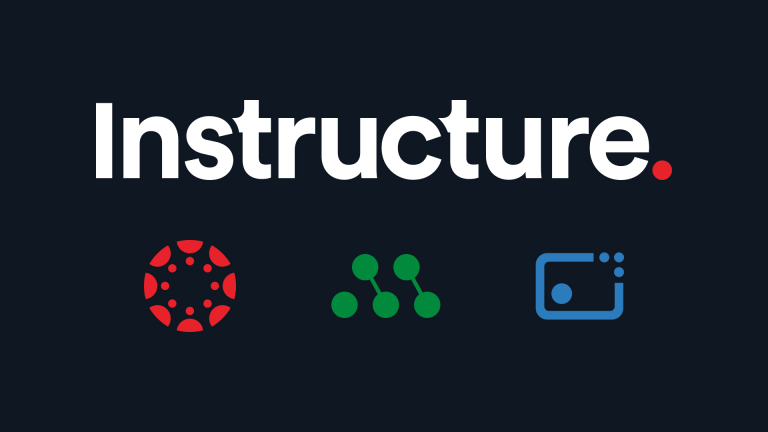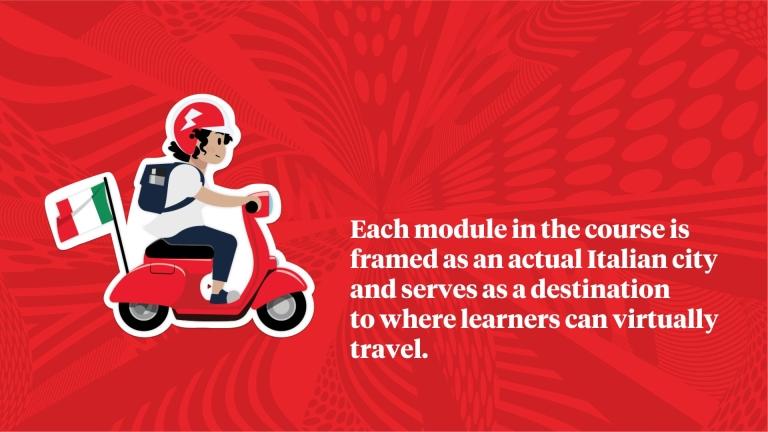Do you want to create a memorable and flavorful student-centered learning experience that students can’t stop talking about? Let’s get started right away. Step one, ironically, is talk! Don’t worry; this is not the beginning of a sub-committee to nowhere. This is just the first step, and while important, talk should not dominate the majority of your project. Your initial talk should cover three things and contain a secret final ingredient.
Ingredients
- Knowledge Transfer: Understand who each team member is, what they bring to the table, and establish who the Subject Matter Expert (SME) is. At our institution, the SME is also the primary stakeholder and should be prepared to talk about their needs and their goals for the project.
- Blue Sky: Take the SME’s needs and goals and immediately get to work generating blue sky ideas. We took this step from film and video game pre-production. When you need to figure out the “what” you start by giving the team permission to go wild. Ignore reality and imagine the perfect solution. Imagine technology that doesn’t exist yet and ideal worlds with perfect pupils. Don’t worry about cost or time. People that like to point out problems or enjoy being critical should recuse themselves if unable to avoid saying no. Just keep saying yes for a while, even if it’s only 15-30 minutes. Really, go nuts. Imagine this phase like mining gold. You will need to haul and sift a lot of rocks to get any gold. How many rocks? Who knows, some of your ideas may need to get broken down in order to reveal their value or maybe you’ll find that what you needed was gravel all along.
- Goals. Once you have enough raw idea… “rocks” it's time to set them aside and clearly define the goals for the project. After an especially wacky blue sky brainstorm session you may be surprised to find out how much easier these goals are to define. Proposing perfect solutions can often reveal what the true goals are. Examine why some ideas are attractive to you and remember; you are not saying no yet! In our project it became clear that the goal wasn’t to have fancy graphics, it was to empower students so they could, in an organic way, have lightbulb moments that connected the class material to the study abroad locations. Taking a page from video game and software production we talked about a “user story” such as “While working on their final city assignment titled Rome students will recall their actual experience in Rome, how they got there and how they felt while there.” These stories help you understand if the thing you are making is connecting back to your goals.

Great, it was a lot of talk but now you should be ready to start exploring your ideas and have plenty of rocks to sift through. Now it’s time to return to earth by determining which ideas are achievable for the first iteration of the course. Now that we have the three key ingredients, let’s focus on how to combine them to create an effective experiential learning experience.
Directions
- Pare Down to the Practical: Give each member the opportunity to push for ideas they like and think are practical before dividing up the workload. Remember, some ideas will not make it into the first iteration–document these ideas well so that you can revisit and consider them in future course iterations. We found setting incremental deadlines for each task gives ample time for playtesting and revisions before the course goes live. From here, start developing!
- Establish Course & Module Structure: Determine which course and module structure will best achieve your learner-centric intentions. Explore these questions to see if your design is intentional:
- What do you want the modules to look like?
- What should each of them contain?
- Should the modules be the same or should they be different?
- Which ones should be the same and which ones should be different?
- Leverage Canvas Features: Figure out what all can be done within Canvas itself while asking, “What do learners need to have a seamless and meaningful learning experience?” Research the Canvas Guides that are out there BEFORE you seek out third-party technologies. What you find might surprise you. You may not need to integrate any third-party tools at all! Taking an inventory of native Canvas features will enable you to do more with less. The last thing you want to do is detract learners from achieving learning outcomes. Third-party tools can be alluring but you don’t want them merely for their novelty. Justify the use of each third-party technology with how well they enable your learners’ achievements.
- Embolden the Aesthetics: While aesthetics isn’t everything, visual quality entices learners to engage. This can be worked on simultaneously while developing structure and integrating technologies. While not all teams might not be able to achieve grandiose aesthetics in a course, how the individual elements appear to learners should unify all of the course assessments into one rich, cohesive learning experience. Consistency in a course’s aesthetics tends to eliminate cognitive overload as they get accustomed to the learning environment.
- Playtest, Playtest, Playtest! The more playtesting you can get in before the first iteration, the more chance you have of catching and resolving major hang-ups. A course won’t be perfect, but you do want it to be a significant learning experience learners won’t forget–in a good way, that is. If possible, have student workers added to and work through the course as students. Be sure that your playtesters know from the beginning that you want their constructive feedback. Depending on your timeframe, you may want to divide and conquer–assign each student specific sections of the course to work through. Set a hard deadline by which the paytesters need to complete the course or their assigned section. Set a meeting time to discuss their findings and feedback. If possible, give yourselves time to make revisions to the course and to have a second round of playtesting. Remember, the more constructive feedback you get, the better the course can be for its first iteration.
Bake
Taste Test
The ultimate litmus test of whether or not your course design was effective is if the students thought it worked. We assessed student experiences within four areas of the course: 1) Self-directed learning, 2) Hybrid format, 3) Authentic Assessment, and 4) Aesthetics. Student feedback was overwhelmingly positive in all domains.
- Self-directed learning. One student shared:
“I felt like I learned so much more through experiential learning and autonomy. I was able to pick things that I was interested in and…because I was able to choose not only the topics but the assignments I felt more inclined to put in a lot of effort and I learned at a much deeper level.”
- Hybrid format. Student’s shared how the hybrid format of the course helped them make meaningful connections between their experiences and specific learning outcomes. A student shared:
“I loved being in Italy and learning all the things we did but I feel like I better understood what I learned while completing the assignments. I was able to gather and synthesize the information I had gathered in bulk while traveling for two weeks. We were stuffed with so much information and experience that it was nice to expand, deepen, and sift through it to pull out the things that matter most to me. I was able to apply it to my major, specific interests, and new interests that arose after this trip.”
- Authentic Assessment: Students also found the balance between ungraded and formally assessed learning outcomes throughout the course “liberating”:
“I found it to be liberating. I wasn't doing things for the grade but rather for myself. Learning to learn is one of the most important skills you can have. Through this course I found that I love learning again! It is so much fun to find something that you are so interested in that you willingly spend hours researching it… I felt the drive and motivation to do my homework because I enjoyed it.”
- Aesthetics. Lastly, most students appreciated the aesthetics of the course. One shared that the graphics and gamification of the course,
"helped me feel like it wasn’t an actual class and helped me to feel like I was just doing it for fun and not a grade.” Another student shared that in addition to them being “fun” they helped “me realize I was on the right assignment.”

Recipe Notes, Adjustments, and Substitutions
Based on the feedback we received from students, we are exploring new ways to streamline our module structure and make our content more interactive. Ideas under consideration include enhancing the tour guide theme, building learner avatars with various skills, collecting souvenir items from each city visited rather than just stamps, and continuing to revisit items from our initial Blue Sky ideation.
SECRET 4th Ingredient!
Thanks for reading to the end to find our secret 4th ingredient. Don’t worry it’s not about manifesting or that the answer was inside you all along. The secret fourth thing also comes from video game production. We call it: perspective. You could sum it up this way, “RELAX, we’re making games here.”
Related Content
 inst-3step.jpg
inst-3step.jpgBlogs
 educause_recap.jpg
educause_recap.jpgBlogs
 inst-default
inst-defaultBlogs
